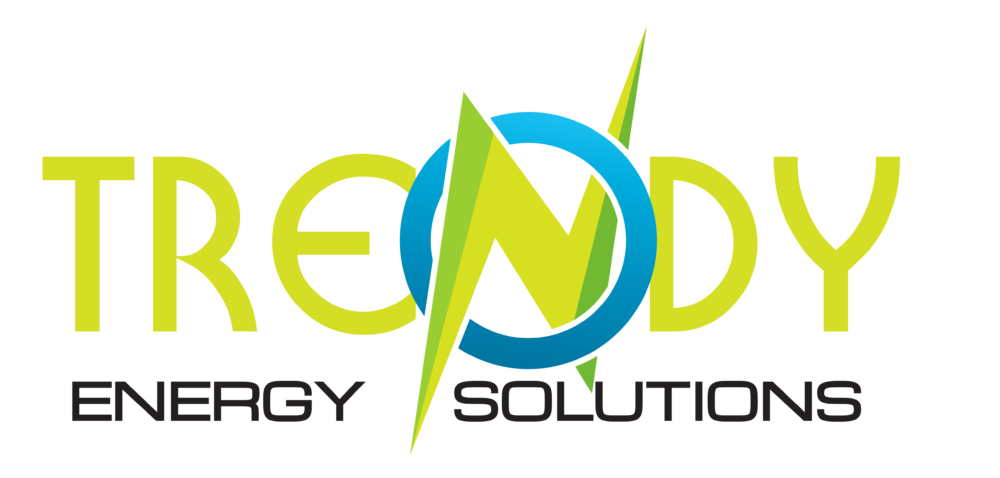When used properly, air cleaners and HVAC filters can help reduce airborne contaminants including viruses in a building or small space. By itself, air cleaning or filtration is not enough to protect people from COVID-19. When used along with other best practices recommended by CDC and other public health agencies, including social distancing and mask wearing, filtration can be part of a plan to reduce the potential for airborne transmission of COVID-19 indoors.
Air cleaners and HVAC filters are designed to filter pollutants or contaminants out of the air that passes thru them. Air cleaning and filtration can help reduce airborne contaminants, including particles containing viruses. Portable air cleaners (also known as air purifiers) may be particularly helpful when additional ventilation with outdoor air is not possible without compromising indoor comfort (temperature or humidity), or when outdoor air pollution is high.
In order for an air cleaner to be effective in removing viruses from the air, it must be able to remove small airborne particles (in the size range of 0.1-1 um). Manufacturers report this capability in several ways. In some cases, they may indicate particle removal efficiency for specific particle sizes (e.g. “removes 99.9% of particles as small as 0.3 um”). Many manufacturers use the Clean Air Delivery Rate (CADR) rating system to rate air cleaner performance. Others indicate they use High Efficiency Particulate Air (HEPA) filters. In order to select an air cleaner that effectively filters viruses from the air, choose: 1) a unit that is the right size for the space you will be using it in (this is typically indicated by the manufacturer in square feet), 2) a unit that has a high CADR for smoke (vs. pollen or dust), is designated a HEPA unit, or specifically indicates that it filters particles in the 0.1-1 um size range.
Air cleaners and HVAC filters in Homes
Portable air cleaners, also known as air purifiers or air sanitizers, are designed to filter the air in a single room or area. Central furnace or HVAC filters are designed to filter air throughout a home. Portable air cleaners and HVAC filters can reduce indoor air pollutants, including viruses, that are airborne. By themselves, portable air cleaners and HVAC filters are not enough to protect people from the virus that causes COVID-19. When used along with other best practices recommended by CDC and others, filtration can be part of a plan to protect people indoors. Learn more about indoor air in homes and Coronavirus (COVID-19).
Air cleaners and HVAC filters in Offices, Schools, and Commercial Buildings
The HVAC systems of large buildings typically filter air before it is distributed throughout a building, so consider upgrading HVAC filters as appropriate for your specific building and HVAC system (consult an HVAC professional). The variety and complexity of HVAC systems in large buildings requires professional interpretation of technical guidelines, such as those provided by ASHRAE and CDC. EPA, ASHRAE and CDC recommend upgrading air filters to the highest efficiency possible that is compatible with the system and checking the filter fit to minimize filter air bypass.
Consider using portable air cleaners to supplement increased HVAC system ventilation and filtration, especially in areas where adequate ventilation is difficult to achieve. Directing the airflow so that it does not blow directly from one person to another reduces the potential spread of droplets that may contain infectious viruses.
Air cleaning may be useful when used along with source control and ventilation, but it is not a substitute for either method. Source control involves removing or decreasing pollutants such as smoke, formaldehyde, or particles with viruses. The use of air cleaners alone cannot ensure adequate air quality, particularly where significant pollutant sources are present and ventilation is insufficient. See ASHRAE and CDC for more information on air cleaning and filtration and other important engineering controls.
Air Cleaning Devices that use Bipolar Ionization, including Portable Air Cleaners and In-duct Air Cleaners used in HVAC Systems
Bipolar ionization (also called needlepoint bipolar ionization) is a technology that can be used in HVAC systems or portable air cleaners to generate positively and negatively charged particles. Provided manufacturers have data to demonstrate efficacy, manufacturers of these types of devices may market this technology to help remove viruses, including SARS-2-CoV, the virus that causes COVID-19, from the air, or to facilitate surface disinfection of surfaces within a treated area. This is an emerging technology, and little research is available that evaluates it outside of lab conditions. As typical of newer technologies, the evidence for safety and effectiveness is less documented than for more established ones, such as filtration. Bipolar ionization has the potential to generate ozone and other potentially harmful by-products indoors, unless specific precautions are taken in the product design and maintenance. If you decide to use a device that incorporates bipolar ionization technology, EPA recommends using a device that meets UL 2998 standard certification (Environmental Claim Validation Procedure (ECVP) for Zero Ozone Emissions from Air Cleaners).
Please note that there are many air cleaning devices that do not use bipolar ionization – the device packaging or marketing materials will typically indicate if bipolar ionization technology is being used.
